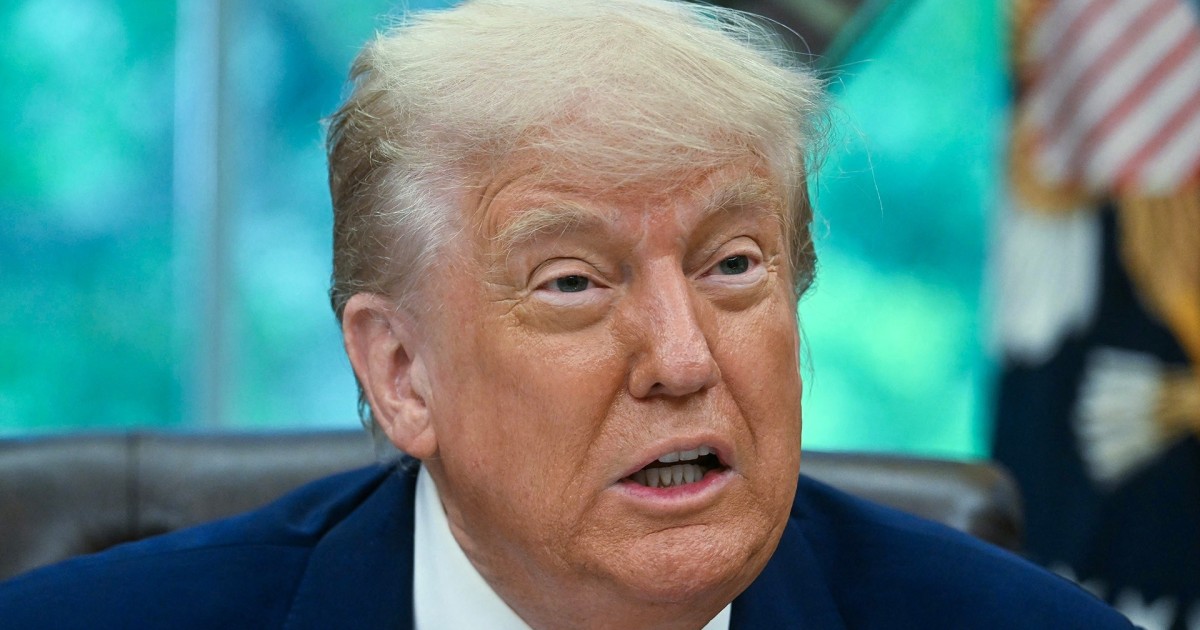Trump Signals Possible Tariff Reductions on China Ahead of Pivotal Trade Negotiations
Former President Donald Trump has suggested he may reduce tariffs on Chinese imports if re-elected, signaling a potential shift in U.S.-China trade policy as the nations prepare for critical negotiations. The remarks, made during a recent campaign event, come amid ongoing economic tensions and could reshape global trade dynamics ahead of the 2024 election.
Background: The U.S.-China Trade War Legacy
The Trump administration imposed tariffs on over $370 billion worth of Chinese goods between 2018-2020, launching what became the largest trade conflict since World War II. These measures:
- Slapped 7.5%-25% tariffs on thousands of products
- Reduced U.S. imports of Chinese goods by 16% initially
- Sparked retaliatory tariffs affecting $110 billion in U.S. exports
While intended to reduce trade deficits and protect intellectual property, the tariffs contributed to higher consumer prices. The Peterson Institute for International Economics estimates they cost U.S. households an average of $1,300 annually.
Why Potential Tariff Reductions Matter Now
With inflation remaining a key voter concern, Trump’s openness to tariff relief marks a strategic pivot. “This isn’t about backing down,” said trade analyst Miranda Chen of the Atlantic Council. “It’s recognizing that after five years of economic pain on both sides, there may be smarter ways to achieve American competitiveness.”
Recent data underscores the stakes:
- U.S.-China trade reached $690 billion in 2022 despite tensions
- Chinese tariffs still affect 66% of U.S. agricultural exports
- Manufacturers report 23% higher input costs due to tariffs
Economic and Political Implications of Shifting Trade Policy
The potential policy shift arrives as both economies show signs of strain. China’s GDP growth slowed to 4.5% in Q2 2023, while U.S. manufacturing activity contracted for eight consecutive months through July.
Business Community Reactions
Industry responses reveal sharp divisions:
Supporters of tariff relief: “The tariffs became a tax on American businesses and consumers,” argued National Retail Federation VP Jonathan Gold. “A strategic reduction could ease inflation while maintaining pressure on unfair practices.”
Opponents warning of risks: Steel industry representative Laura Peterson countered, “Any reduction must be tied to verifiable progress on intellectual property theft and market access. Premature easing would surrender our leverage.”
Geopolitical Calculations
The move carries diplomatic weight beyond economics. Beijing has conditioned improved relations on tariff relief, while the Biden administration has maintained most Trump-era measures. “This puts pressure on current negotiations,” noted CSIS China expert Scott Kennedy. “Both sides now face domestic audiences expecting concessions.”
Potential Impacts on Global Supply Chains
Supply chain analysts identify three likely effects if tariffs ease:
- Reshoring slowdown: Some manufacturers may pause plans to relocate from China
- Commodity price relief: Input costs could drop for electronics, machinery, and textiles
- Trade diversion shifts: Southeast Asian suppliers might lose recent gains
However, experts caution that structural decoupling will continue regardless. “Tariffs were just one piece of the puzzle,” said Harvard Business School’s Willy Shih. “Companies won’t forget the vulnerabilities exposed during COVID.”
Sector-Specific Consequences
The effects would vary dramatically across industries:
- Agriculture: Soybean and pork exporters could regain market share
- Technology: Semiconductor equipment restrictions would likely remain
- Automotive: EV battery supply chains might see fastest changes
What Comes Next in U.S.-China Trade Relations
With formal negotiations expected this fall, observers identify key milestones:
- September 2023: Next round of USTR-China Ministry of Commerce talks
- Q4 2023: Possible Trump policy blueprint if polling strong
- January 2024: Phase One agreement expiration date
Economic modeling by the Brookings Institution suggests that partial tariff reductions could:
- Increase U.S. GDP by 0.3-0.5% over two years
- Reduce CPI inflation by 0.7 percentage points
- Create 150,000-200,000 jobs
Long-Term Strategic Considerations
Beyond immediate economic effects, the signals raise deeper questions about U.S. trade strategy. “The fundamental competition won’t disappear,” warned former USTR official Stephen Olson. “The challenge is crafting policies that protect national interests without unnecessary collateral damage.”
As businesses and policymakers assess these developments, one reality becomes clear: The next chapter in U.S.-China economic relations will require balancing competition with pragmatic engagement. For executives navigating these uncertain waters, staying informed through nonpartisan research organizations may prove essential.
See more Business Focus Insider Team

